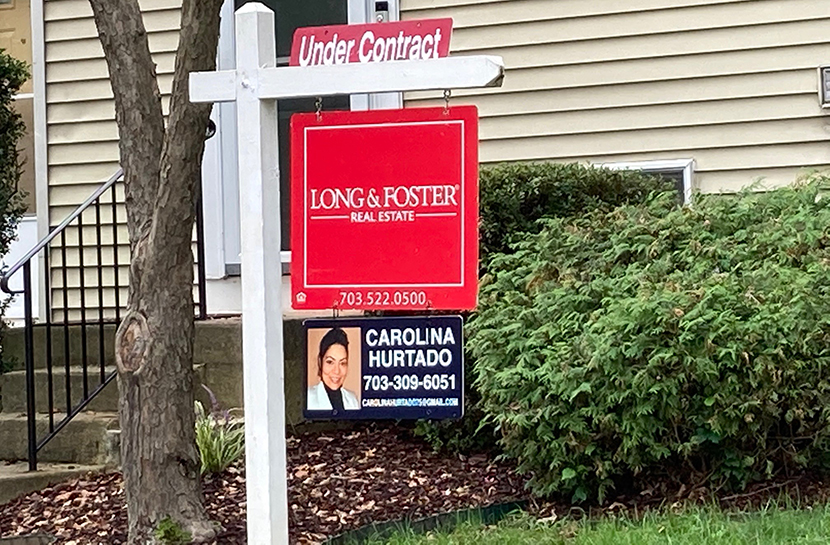
Latinx Americans Driving U.S. Homeownership Gains, But Roadblocks Persist

“Remarkable growth” this past half-decade has boosted the share of Latinx households in the U.S. that own their home to its highest since the Great Recession, said Zillow, Seattle. However, despite these encouraging signs, roadblocks remain on the path to equitable housing.
The Zillow analysis found Latinx Americans—a massive and diverse group comprising 60 million people from more than 200 unique ancestries—saw homeownership gains in recent years that far exceeded those of other groups. Nearly 18% of the U.S. population identifies as Latinx, yet they accounted for more than 60% of new U.S. homeowner gains over the past decade. That growth has brought the Latinx homeownership rate to 48.9%, the highest level since 2008.
Manny Garcia, Population Scientist with Zillow, noted this growth is even more striking when considered in the context of the housing bust during the Great Recession, when Latinx households took a disproportionately large blow. The report said less than 10% of all U.S. homes are in largely Latinx communities, yet 19.4% of all homes foreclosed upon between 2007 and 2015 were in these neighborhoods. After gains in the 1990s and early 2000s, this contributed to the Latinx homeownership rate falling to 44.1% in 2015—the lowest since 1998.
“While Latinx households have made recent gains in ownership, longstanding inequities in intergenerational wealth and other systemic barriers continue to impede Latinx Americans from reaching parity with the U.S. population as a whole,” Garcia said. “Latinx home buyers are more likely to face challenges during the process, with financing the purchase often reported as a primary concern. Even within the Latinx community, wealth inequality could help explain the varying homeownership rates of people of different origins.”
And despite recent gains, the report found the Latinx homeownership rate continues to lag more than 10 percentage points behind the rate for Asian, Native, Hawaiian and Pacific Islander households, and nearly 25 percentage points behind non-Latinx white households.
Disparity in household wealth is likely a major contributor, Zillow said: The typical Latinx household earns 75% of the typical white household as of 2018, but that typical white household held more than eight times the amount of overall wealth. “That means Latinx households carry a far greater share of their wealth in their homes, adding to the pain caused by the Great Recession,” the report said.
Zillow also reported those who more recently moved to the U.S. are less likely to own a home—perhaps explaining why the homeownership rate among first-generation Latinx Americans (46%) is lower than among other generations (50%)—as are those coming from less wealthy backgrounds. Latinx Americans of Spanish descent have the highest homeownership rate at 63%, while households headed by someone of Dominican descent have the lowest at 29%.
The report said Latinx buyers overall are more likely to be first-time home buyers — 56% report buying their first home, compared to 43% of buyers overall. But hurdles persist here as well, Zillow said. First-time buyers face greater financial hurdles because they don’t have access to equity from a previous home purchase to help with a down payment and almost always (80% of the time) finance their purchase with a mortgage. Latinx buyers are denied by mortgage lenders at a higher-than-average rate and 65% say they are concerned about qualifying for a mortgage at all.
The report also found to reach homeownership, Latinx buyers more often put other life milestones on hold because of the financial burden. More Latinx buyers than average report that the cost of housing delayed marriage plans (28% said so, versus 18% of all buyers), having children (29% versus 19%) and retiring (26% versus 19%).
